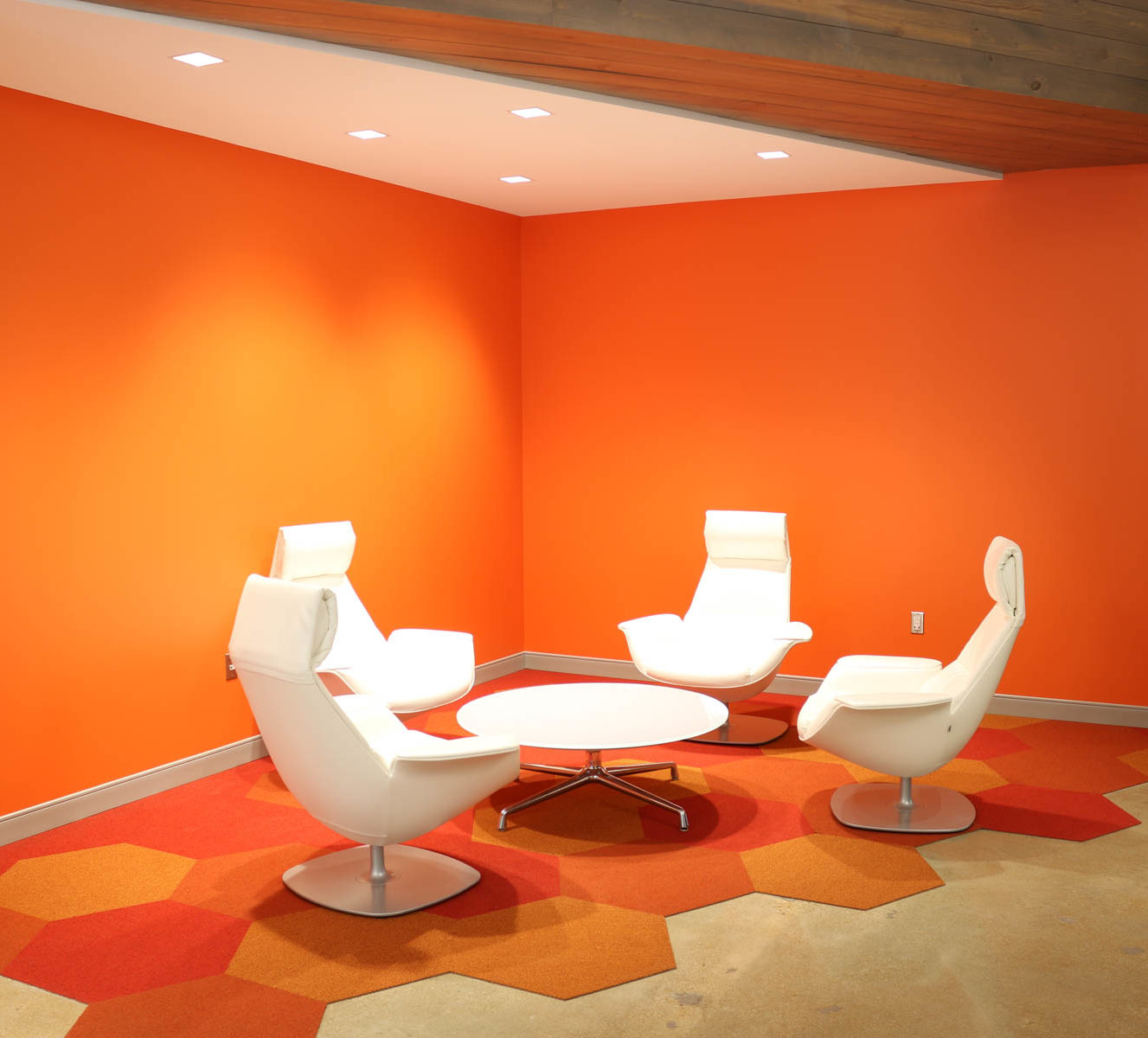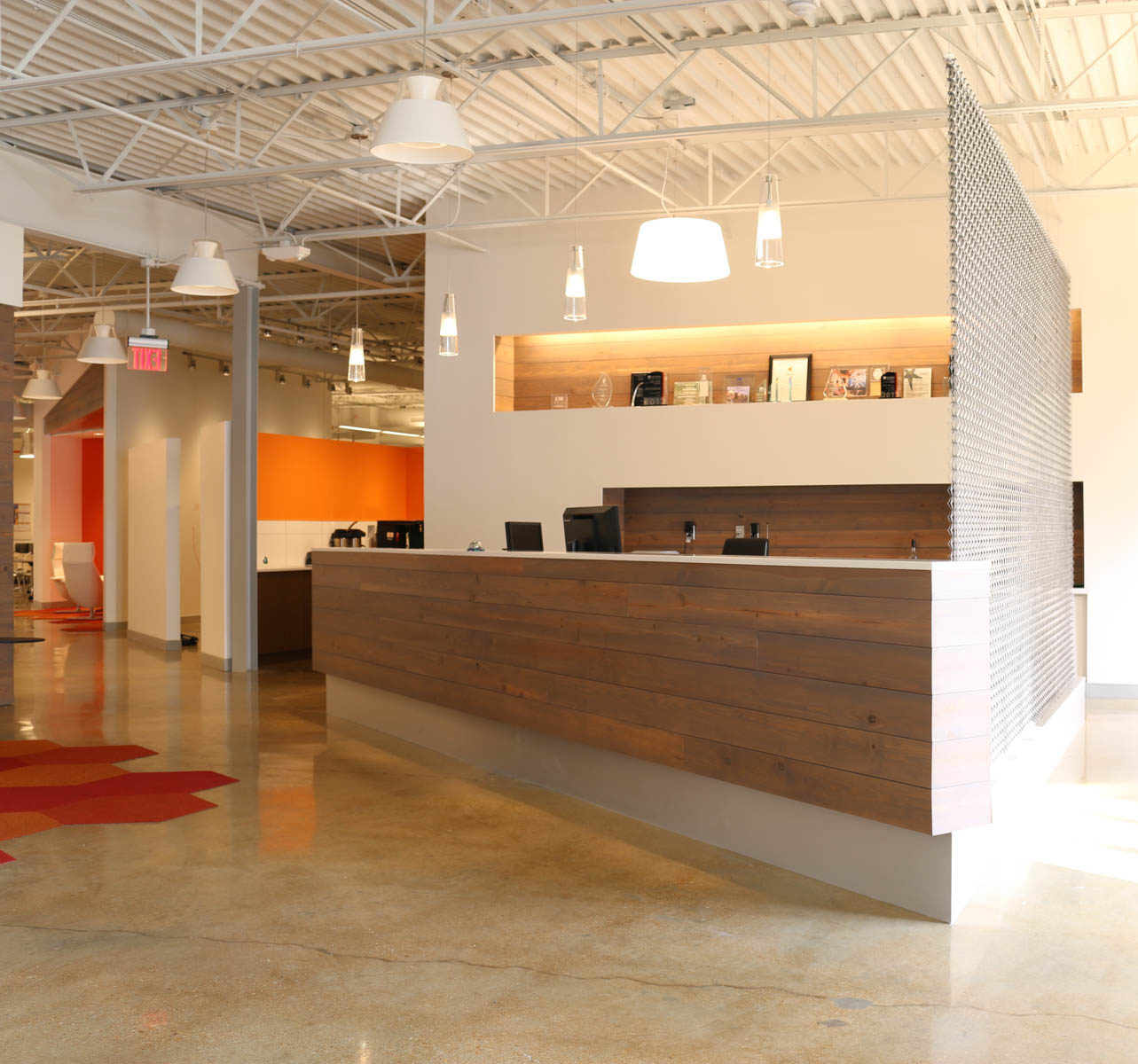Businesses encouraged to embrace the design changes or risk becoming irrelevant
The COVID-19 pandemic is forcing the reassessment of long- established criteria for office layouts, conferencing, group activity space and other areas where people interact, say the experts at KAI Design. Traditional building materials will also be replaced more consistently with products that actively promote cleanliness, health and safety.

“We will most assuredly see these changes in new construction opportunities, and we will likely see a rise in business renovation and improvements. While COVID is the current crisis – it will not be the last. This moment in time will force an evaluation of business continuity and future operation challenges,” said KAI Managing Partner Brad Simmons, FAIA.
Simmons predicts a continued decrease in business travel and group events in general as employees become more acclimated with working remotely and with less concentration of staff. Collaboration approaches and team building efforts will also see ongoing change through reduced interactions, says Simmons. Design will have to change to accommodate these new norms.
“Concentrations of people will be diluted, driving a change in culture-building for companies. The question will be how do we find the balance of personal interaction that we all fundamentally need and seek, but design new safety and healthy practices within a facility that people will demand,” he said.

Design will continue to focus on limited touchpoints; from the time a person enters a building using a touchless door operation, to interaction with a receptionist, how and where visitors sit while waiting, how visitors are offered a beverage while waiting, the greeting protocols, the pathway to a meeting room location and how the meeting room space is designed – it is all in question according to Simmons.
Employee kitchens and break rooms will also look different with more spacing and cleanliness standards and minimal touchpoints. How businesses physically space people in an open office environment will grow from the drive to cut square footage per person as businesses evaluate how many people they effectively need in an office versus work-from-home staff. Private offices and semi-open offices could well be on the rise again, said Simmons, and conference rooms will also look different with more spacing and fewer people.

Technology will be the enabler to successfully implementing these new design practices and creating a business environment that fosters safe, healthy and intelligent interactions. Many businesses have long touted their use of technology, multi-office delivery platforms and ability to work nationally or globally. The majority of businesses routinely don’t get the full ROI out of their technology systems, says Simmons.
“I predict there will be a surge to challenge the ROI of current technology teams and collaboration systems for business. This is likely a tipping point where businesses will look for advantages to outposition their competitors,” said Simmons. “They will get the chance to see who can really work and thrive in that new world order, where relationships may have to be truly forged over technology platforms. Definitely a pivotal moment for businesses; embrace change or become irrelevant.”
For more information about office design modifications related to COVID-19, contact KAI Enterprises Managing Partner Brad Simmons, FAIA at 314-754-6389 or bsimmons@kai-db.com.

